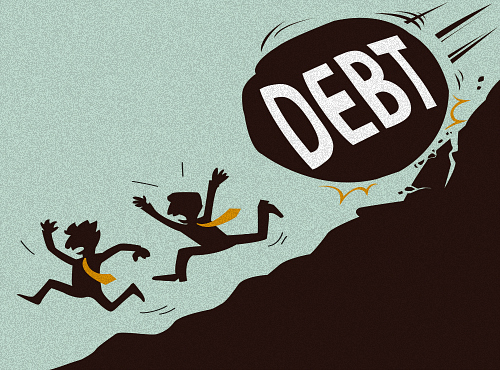This story is brought to you by Bay Area Energy
The number of students graduating from college with crushing debt is reaching alarming proportions in the state of California. More needs to be done by both the public and private sectors to address this problem if recent graduates are going to be able to enjoy the standard of living previous generations took for granted. There are both government initiatives and private businesses trying to reduce the burden of student loan debt for graduates and there have been some positive developments.
Crushing Debt Delaying Life Goals
There are many advocating for the reduction or elimination of student loan debt in the state of California. With the average debt of recent graduates approaching $30,000, and much larger in some cases, it’s a very real problem. This crushing debt is delaying the achievement of life goals and reducing the contributions our graduates can make to society.
Students are spending most of the money they earn in the first few years after graduation trying to pay down loans and living paycheck to paycheck. This isn’t just a problem for students – it affects society as a whole. Recent college graduates are some of America’s most creative minds, but when their main concern is trying to pay their student debt, it doesn’t leave a lot of room for innovation and entrepreneurship.
Government Loans
One solution being considered is the introduction of a more robust government student loan program. Government loan programs typically offer lower interest rates, but they are expensive to administer. It’s a solution that’s popular in many western countries, although these systems are typically plagued by problems and cost overruns. If California chose to go this route, there’s a strong possibility it would be straddled with the same kinds of issues.
High Interest Private Loans
California, as is the case in most other states, has generally preferred some kind of private loan program. The problem with relying on private banks and lending institutions to pick up the slack is that they’re reluctant to offer competitive interest rates because of the high-risk nature of student loans. These loans have a high default rate, so if private lenders are going to offer terms that students can actually afford to pay back there has to be incentive to do so.
Government Refinancing
 The government of California is conscious of the complex nature of these problems and there are some proposed changes being considered that could offer a solution. The state treasurer of California recently announced proposed changes to legislation to create a $25 million fund that would protect private lenders from the risk associated with student loan defaults. The hope is that this protection would encourage private lenders to offer lower interest rate loans to students, making them easier to pay back down the line.
The government of California is conscious of the complex nature of these problems and there are some proposed changes being considered that could offer a solution. The state treasurer of California recently announced proposed changes to legislation to create a $25 million fund that would protect private lenders from the risk associated with student loan defaults. The hope is that this protection would encourage private lenders to offer lower interest rate loans to students, making them easier to pay back down the line.










